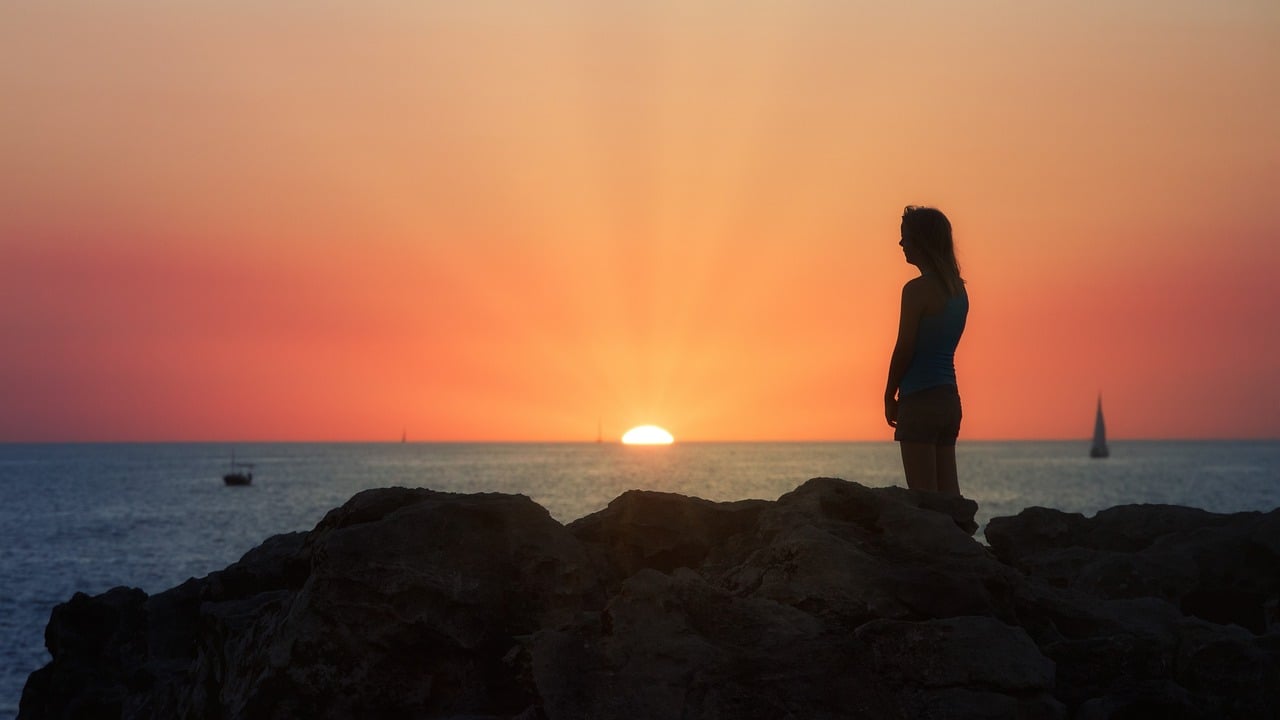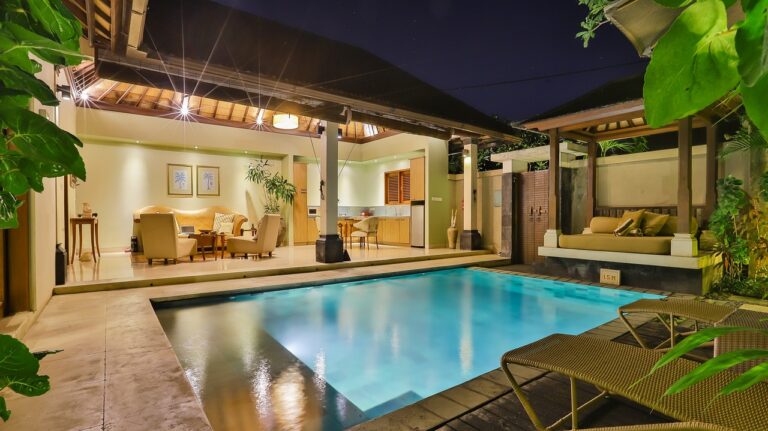Travel Videography Techniques: Creating Engaging and Cinematic Travel Videos
When it comes to capturing stunning travel videos, having the right equipment is essential. One of the most important pieces of gear for travel videography is a high-quality camera. Look for a camera that offers excellent video resolution, manual control settings, and good low-light performance to ensure your footage looks professional and crisp.
In addition to a good camera, investing in a stable tripod is crucial for getting steady shots, especially in locations where you might not have a solid surface to place your camera on. A tripod will also help you achieve smooth panning and tracking shots, adding a professional touch to your travel videos.
Choosing the Right Camera for Cinematic Shots
When selecting a camera for capturing cinematic shots, it is essential to consider the sensor size. Cameras with larger sensors typically perform better in low light conditions and offer a shallower depth of field, creating a more cinematic look. Additionally, a camera with higher resolution can provide greater detail in your footage, enhancing the overall quality of your videos.
Another crucial factor to look for in a camera for cinematic shots is its dynamic range. Cameras with a higher dynamic range can capture a wider range of highlights and shadows, resulting in a more visually appealing image with better tonal variation. This is particularly important for capturing cinematic scenes with contrasting light and dark elements, as it allows for more flexibility in post-production editing.
– Consider the sensor size for better low light performance and depth of field
– Higher resolution cameras provide greater detail in footage
– Look for a camera with higher dynamic range for better tonal variation
– Cameras with wider dynamic range capture a wider range of highlights and shadows
Understanding Lighting and Composition
Lighting is a vital element in videography, as it sets the mood and emphasizes key elements in your shot. Natural light can create a soft, warm ambiance for your scenes, while artificial lighting allows for more control over the brightness and direction of light. Experimenting with different light sources and placements can greatly impact the overall look and feel of your footage.
Composition, on the other hand, refers to how elements are arranged within the frame of your shot. A well-thought-out composition can draw the viewer’s eye to the focal point of your video, creating a more visually engaging experience. Techniques such as the rule of thirds, leading lines, and framing can help you achieve a strong composition that enhances the storytelling aspect of your videography.
What is the importance of lighting in videography?
Lighting plays a crucial role in setting the mood, tone, and atmosphere of a video. It can enhance the visual appeal of your shots and make your video look more professional.
How can I improve the lighting in my videos?
You can improve the lighting in your videos by using natural light, artificial lighting sources such as LED lights or softboxes, and by manipulating the light using techniques like bouncing or diffusing.
Why is composition important in videography?
Composition refers to how elements are arranged within the frame of your video. Good composition can draw the viewer’s eye to the subject, create a sense of balance, and make your video more visually appealing.
What are some tips for improving composition in my videos?
Some tips for improving composition in your videos include using the rule of thirds, leading lines, framing, and creating depth in your shots. Experiment with different angles and perspectives to find the most visually interesting composition for your video.





